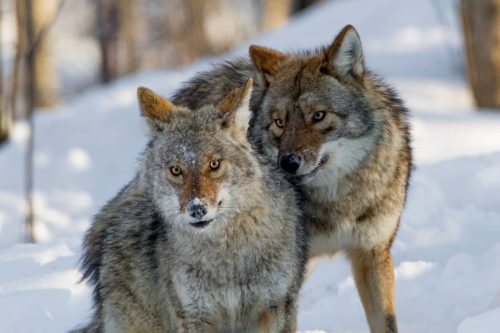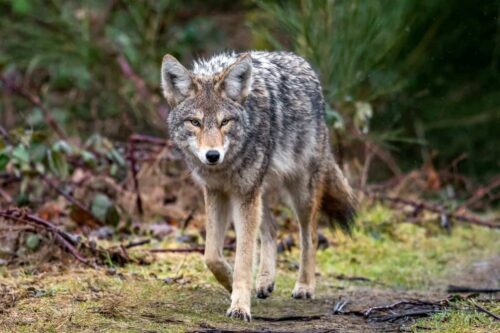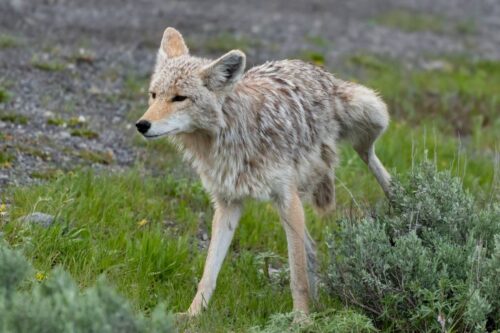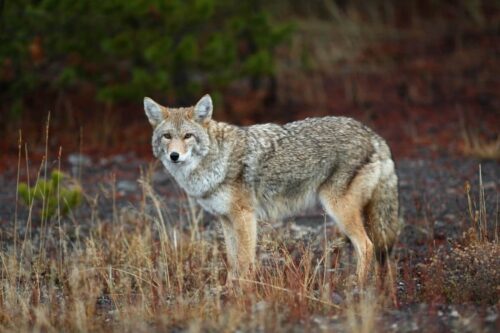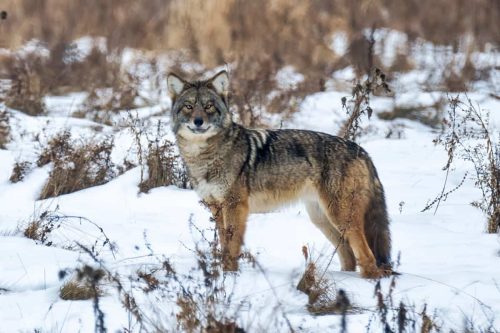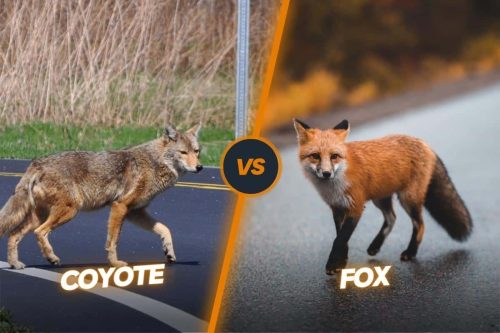Coyote Pups: Exploring Baby Coyote Secrets
We do a lot of discussions about the pups of domestic animals like dogs, cats, etc. We rarely discuss the babies of wild animals like coyotes. Coyotes are the most prominent wild animal of the North American continent and they are continuously expanding their population range and now have also reached the urban and suburban areas. That’s why it is very important to discuss the lifestyle of the coyotes. The life of these wild dogs actually started when they are born. At the time of birth, they are called pups.
In this article, we are going to discuss the coyote pups in detail and will let you know how they are born and raised. We will also discuss the complexities of the life they face when they explore the territories and food on their own.
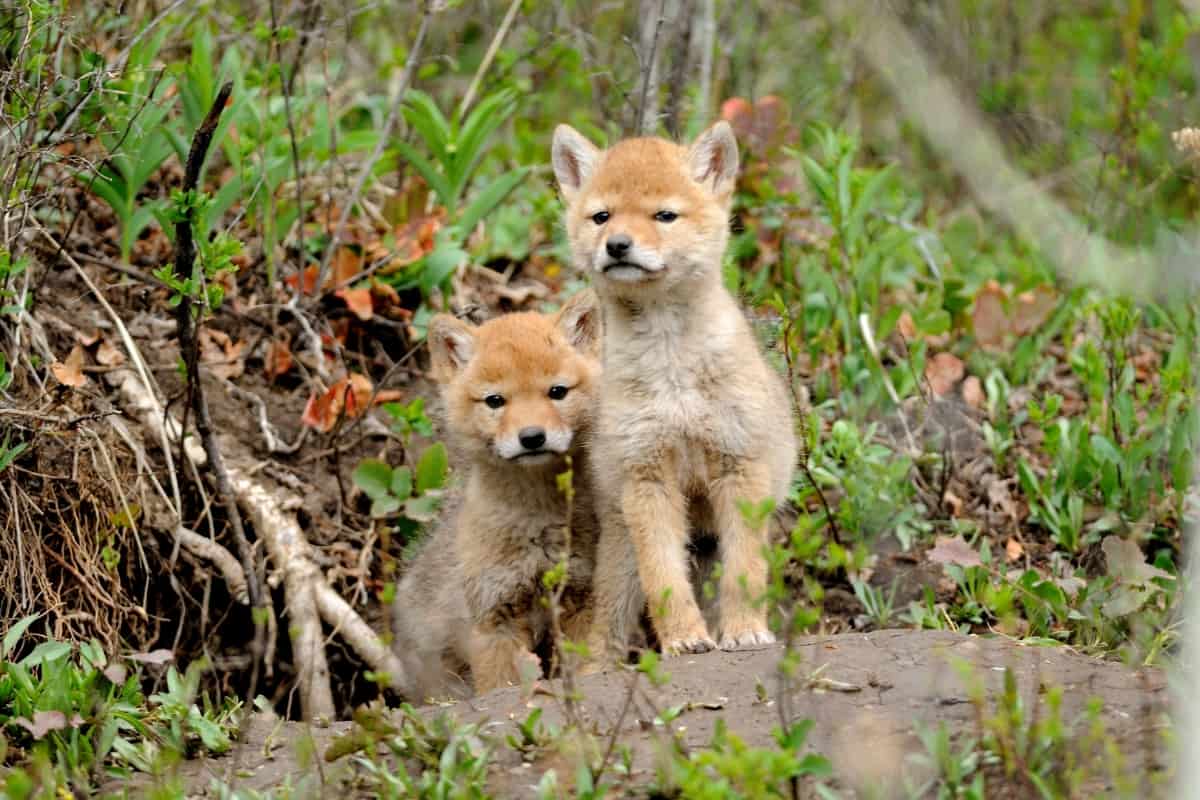
Contents
- Coyote pup season: when do coyotes have pups?
- Raising a Litter of Coyote Pups
- Baby coyote names
- When Do Coyote Pups Leave Their Mother?
- Coyote Pup Sounds
- Can a Baby Coyote Be Domesticated?
- How many pups do coyotes have?
- What is the size of the newborn pup?
- What is the survival rate of newborn coyote pups?
- Coyote Baby fun facts
- Frequently asked questions
- Conclusion
Coyote pup season: when do coyotes have pups?
When the month of spring comes, it comes with a lot of developments in the wild world. One of the very well-known developments is that most wild animals give birth to their offspring in this season. The coyote mating season also begins during this time of the year. The coyote pup season actually lies between January and March. Sometimes, the pups of the coyote are born in the month of April or May. They are born in specially designed dens having all the warmth and safety.
When are coyote pups born?
For giving birth to the pups, the Alpha male and female of the pack stay together. After this mating phenomenon, the female coyotes build several dens to give birth to their offspring. Other children of the coyotes or beta coyotes also play their role in this process in the form of building dens and collecting food. Several dens are made by keeping in mind the safety of the environment. Some female coyotes like to give birth to more than one litter but most of the time they give only birth to one litter in a year after completing their gestation period.
What does a young coyote look like?
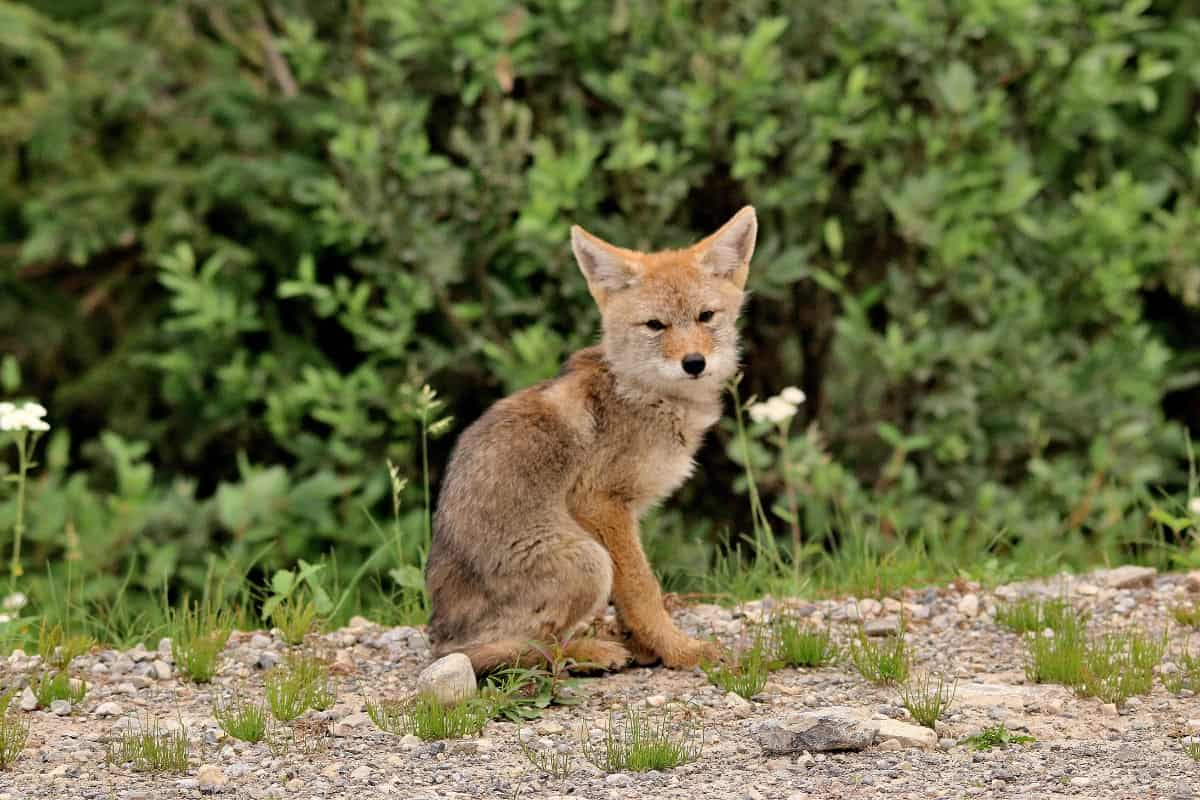
Coyote pups are usually born in the month of April or May. At the time of birth, they would be completely blind and deaf and only open their eyes after almost passing around 12 days. They remain with their parents or especially the mother until they are weaned or become at least 6 to 8 weeks old. After weaning, they start learning about hunting and survival skills from their parents and other members of the pack. They complete this period of their life in the next 8 months of their life and finally disperse from their parents.
At the time of birth, they show a lot of resemblance with animals like domestic dogs or puppies, raccoon kits, or fox kits. After some time, you can distinguish them from other animals. At the time of birth, they are just about 227 grams in weight, flat ears, and without having any long snout. They have pink pads in the bottom of their feet at the time of birth which turned black after almost ten days.
When they become adults, they have two types of fur on their body. They have very long and coarse guard hairs which are mainly used to shed off water and keep them dry. They also have naturally developed short but soft underfur to get some warmth.
They have very fine but light brown color fur. You may notice some dark areas on their backs, ears, and tails. After almost three weeks, they get fuzzy, long but dark colored fur. When they become 2-3 months old, they show a lot of resemblance with their parents in terms of their looks and shape.
Raising a Litter of Coyote Pups
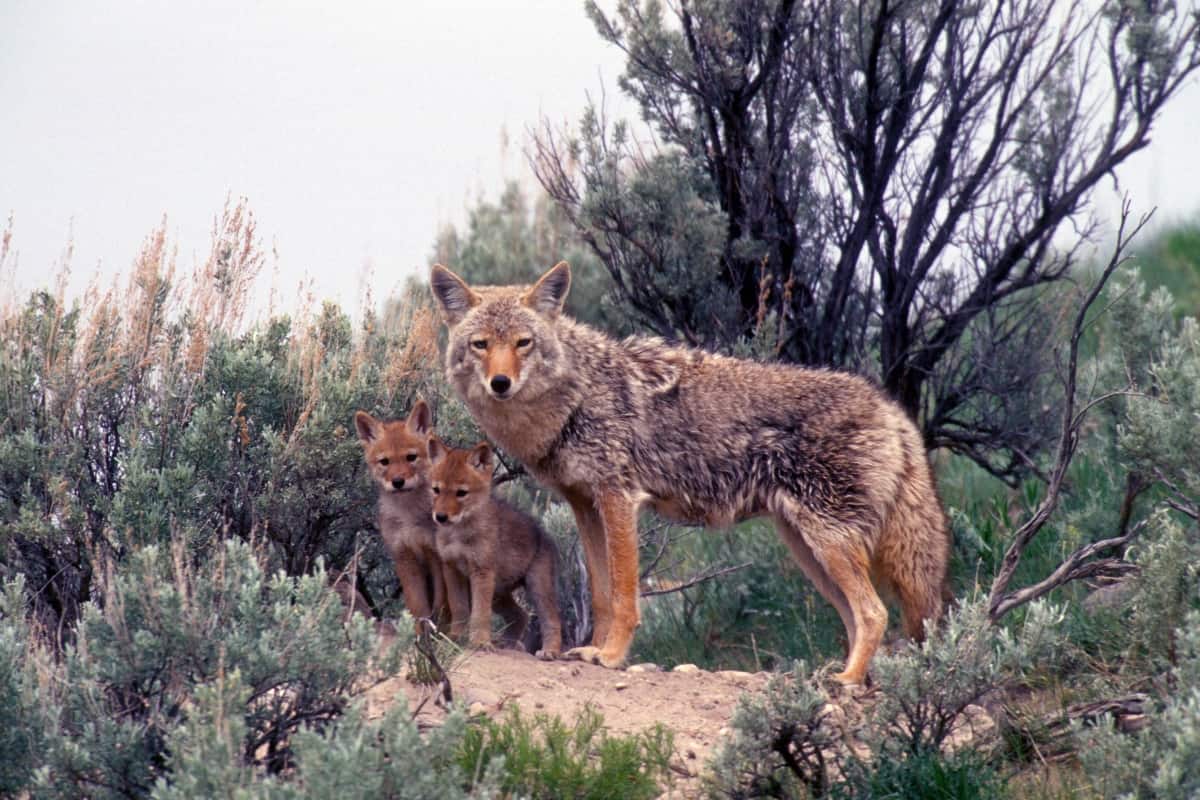
Both male and female coyotes play their role in raising the coyote pups. Male coyotes play their part in collecting the food and also defend the territory. On the other hand, female coyotes prepare dens and give birth. During the first week of birth, female coyotes don’t leave their den. They only make short trips for eating and drinking purposes. Beta coyotes also take part in the raising of pups.
Pups also venture outside the dens when they become three weeks old. Initially, they pounce on the insects and prepare their food. At this stage, they are the same as domestic dogs. They growl, play, and also chase their trails. The teeth of the coyote begin to emerge after almost 6 weeks. After that, they will start weaning and eating something solid. When the pups are born, they don’t eat food on their own and the female coyote first eats it and then regurgitates it into the coyote pups. At this time, the beta coyotes also take part in guarding the home range.
Baby coyote names
Baby coyotes are called with different names. Some of the most common names of the coyote are pup, litters, bunny, junior, Bella, Amy, pearl, sugar, honey, teeny, etc.
When Do Coyote Pups Leave Their Mother?
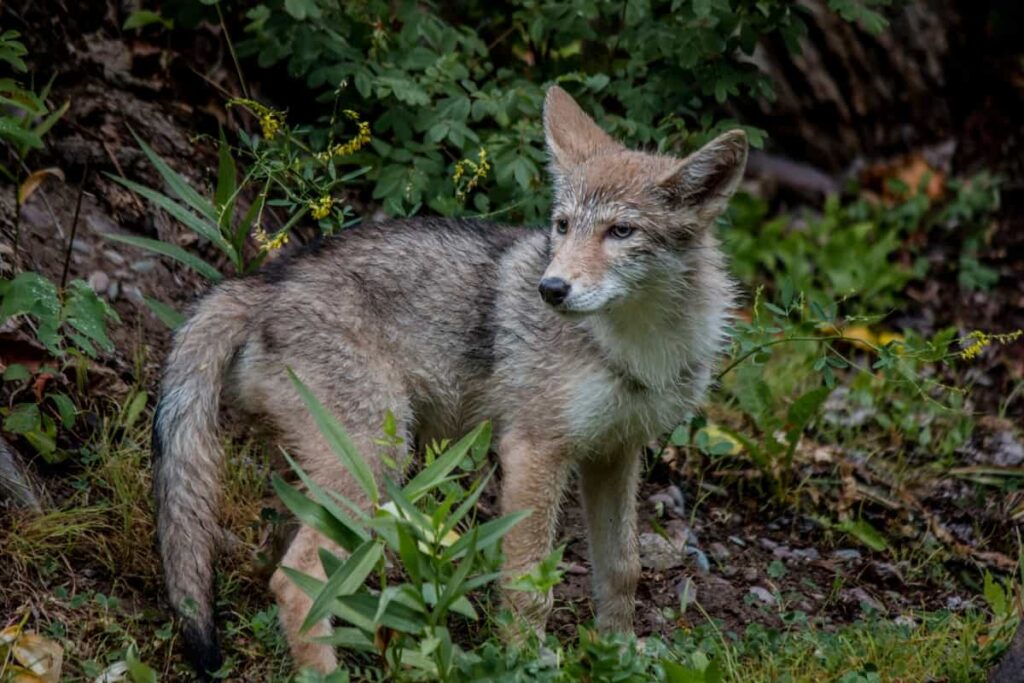
Coyote pups typically stay with their mother for about 6 to 8 months before they start to disperse and become more independent. The exact timing can vary based on factors such as food availability, environmental conditions, and the pup’s individual development. Here are a few steps in the life of the coyotes from the time of their birth till they leave their parents.
Coyote pups are usually born in late April to early May. A typical litter consists of around 4 to 7 pups. During the first few weeks of their lives, the pups are completely dependent on their mother for nourishment and care. She stays with them in the den, nursing them and keeping them warm.
As the pups grow, they become more active and curious. Around 3 to 4 weeks of age, they start venturing outside the den to explore their surroundings and engage in playful behaviors that help develop their social and physical skills. At around 4 to 5 weeks of age, the mother begins to introduce solid food to the pups, bringing back prey she has caught. This helps them transition to a diet that includes meat.
Over the next few weeks, the mother gradually weans the pups off of her milk and onto a primarily solid food diet. During this time, the pups still rely on her for food but are also learning to hunt and feed themselves. Around 3 to 4 months of age, the pups become more independent and start accompanying their mother on hunting trips. They learn important survival skills and continue to refine their hunting abilities.
By 6 to 8 months of age, coyote pups are usually ready to leave their mother and establish their own territories. This is known as “dispersal.” Some pups may disperse earlier or later depending on factors like population density, food availability, and social dynamics. It’s important to note that while the pups become more independent, coyotes are generally social animals and may still form loose family groups or associate with siblings and other relatives for some time after dispersal.
Coyote Pup Sounds
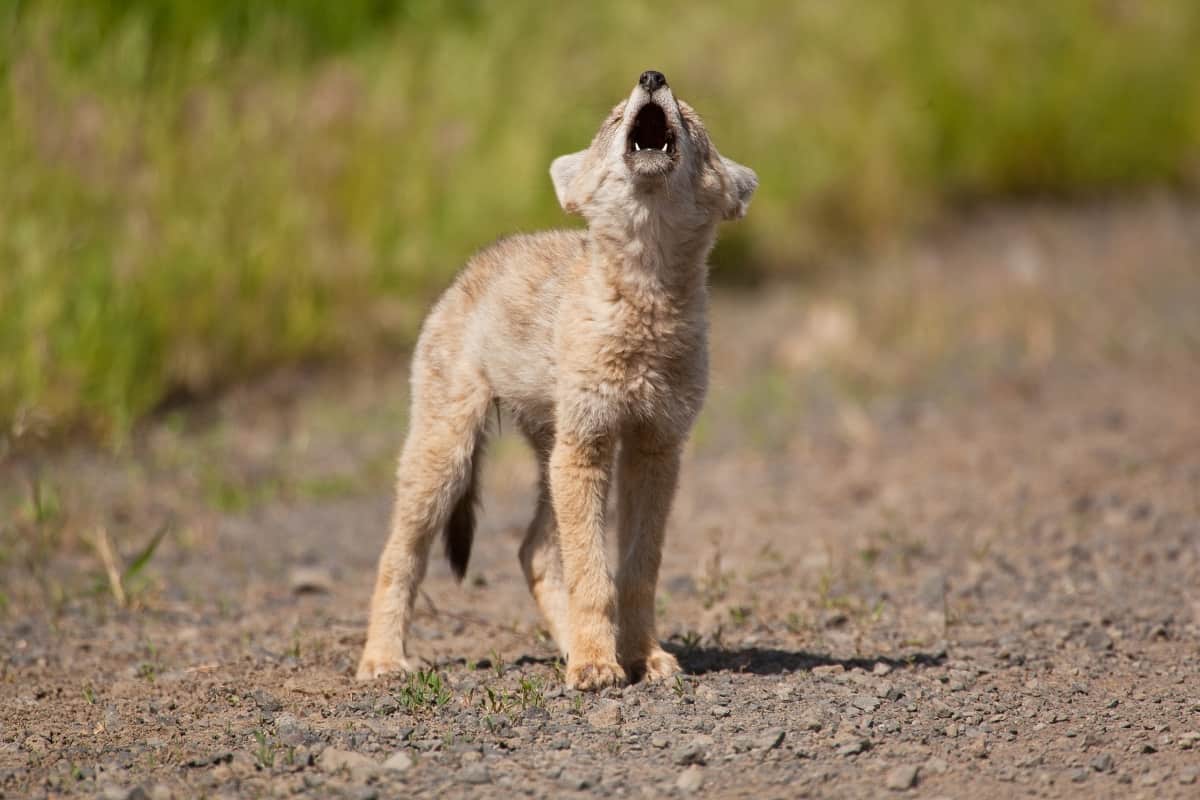
Coyote pups communicate with a variety of sounds that help them interact with each other and their mother. Here are some of the common sounds you might hear from coyote pups:
Whining and Whimpering: Newborn coyote pups often make soft whining and whimpering sounds, especially when they’re seeking their mother’s attention or warmth.
Yipping and Yowling: As they grow, coyote pups start producing higher-pitched yipping and yowling sounds. These sounds are often used during play and social interactions with their littermates and mother.
Howling: Young coyote pups begin to experiment with howling, mimicking the vocalizations of their adult counterparts. Their howls might sound more squeaky or less refined compared to adult coyote howls.
Chirping and Barking: Pups also make chirping and barking noises, particularly when engaging in play or exploring their surroundings. These sounds might resemble the playful vocalizations of domestic dogs.
Growling and Snarling: As they become more independent and assert their boundaries, coyote pups might also make growling or snarling sounds to establish dominance or express frustration.
Also read: What do coyotes sound like?
Can a Baby Coyote Be Domesticated?
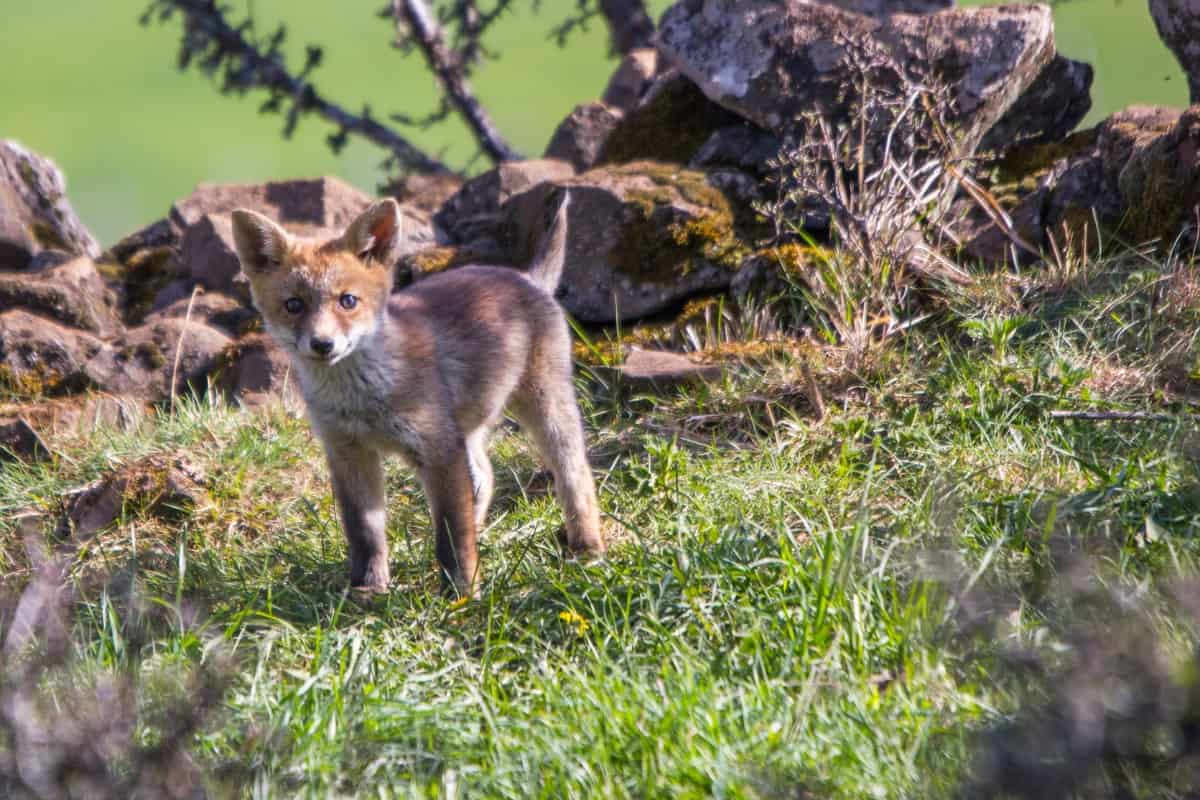
Raising a litter of coyote pups is a complex and challenging endeavor that requires a deep understanding of wildlife care, as well as the legal and ethical considerations involved. Coyotes are wild animals and are not suitable as pets. In many places, it’s illegal to keep them without the proper permits and licenses. Furthermore, raising wild animals can be detrimental to their health and well-being, as they have specific needs that are difficult to replicate in a human environment.
If you come across orphaned or injured coyote pups, it’s best to contact local wildlife rehabilitators, animal control agencies, or wildlife conservation organizations. These experts have the necessary skills and resources to care for wild animals and give them the best chance of survival. They can assess the situation, provide appropriate care, and eventually release the animals back into the wild when they are capable of surviving on their own.
How many pups do coyotes have?
The size of a coyote litter can vary based on factors such as food availability, habitat conditions, and the health of the mother coyote. On average, a coyote litter typically consists of around 4 to 7 pups. However, litter sizes can range from as few as 1 or 2 pups to as many as 12 or more in some cases.
The larger litters might be more common in areas with abundant food resources, while smaller litters might occur when resources are scarce. The mother’s health and age can also influence litter size. Young or less healthy mothers might have smaller litters, while older and more experienced mothers might have larger litters.
What is the size of the newborn pup?
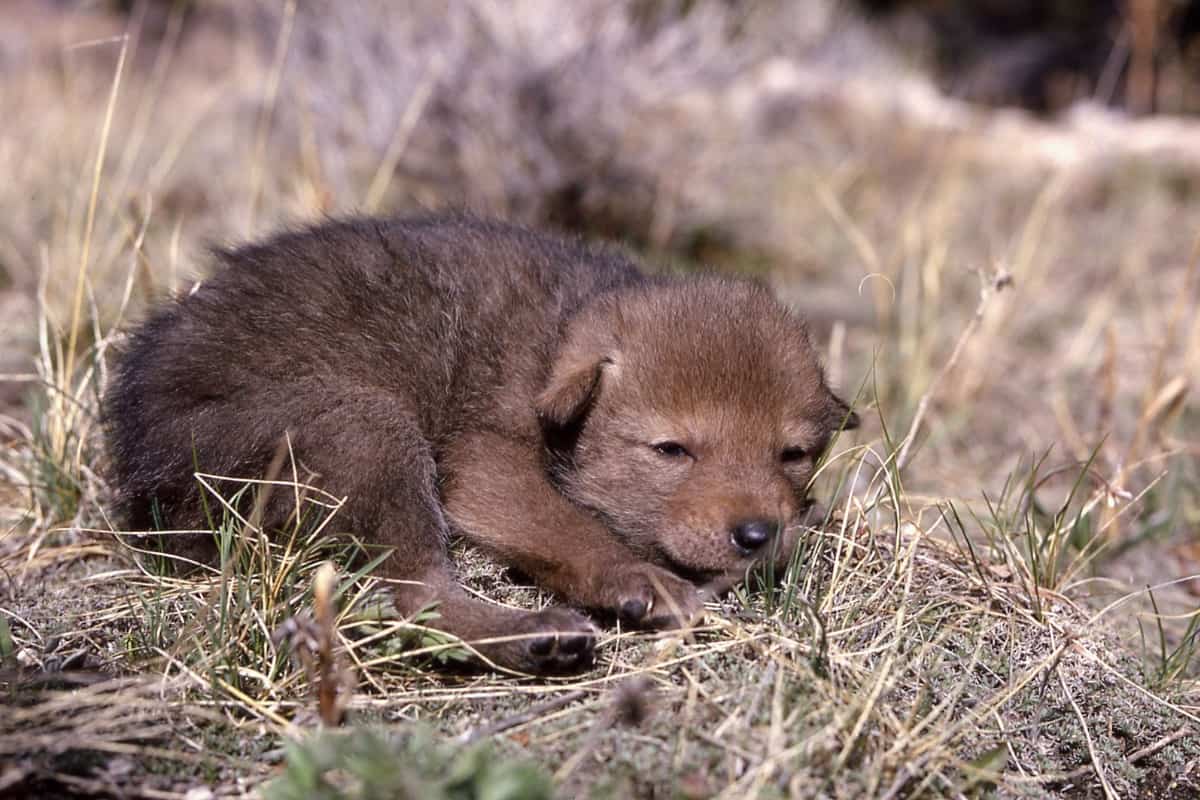
Coyote pups are born blind, deaf, and relatively small compared to their adult size. At birth, a coyote pup typically weighs around 0.33 to 0.5 pounds and is about 8 to 10 inches long. They are born with a fine, dense coat of fur that is usually darker in color than the adult coat.
Coyote pups grow rapidly during their first few weeks of life, doubling their birth weight within 8 to 12 days. They depend entirely on their mother for nourishment, care, and warmth during this initial period. As they grow, they become more active, their eyes and ears open, and they start to explore the area around their den.
What is the survival rate of newborn coyote pups?
The survival rate of newborn coyote pups can vary widely depending on various factors such as food availability, predation pressure, weather conditions, and human impacts. In the wild, the mortality rate for coyote pups during their first year of life is generally high, and many factors contribute to this. The survival rate of coyote pups during their first year can range from around 20% to 50%.
This means that a significant portion of coyote pups do not survive until their first birthday. Factors that can impact their survival include the Predation of large carnivore raptors, and even domestic dogs, scarce food resources can impact the ability of the mother coyote to provide enough nourishment for her pups, diseases and parasites can also reduce their chances of survival, encounters with vehicles, habitat destruction, and human interference can all negatively affect the survival of coyote pups.
Coyote Baby fun facts
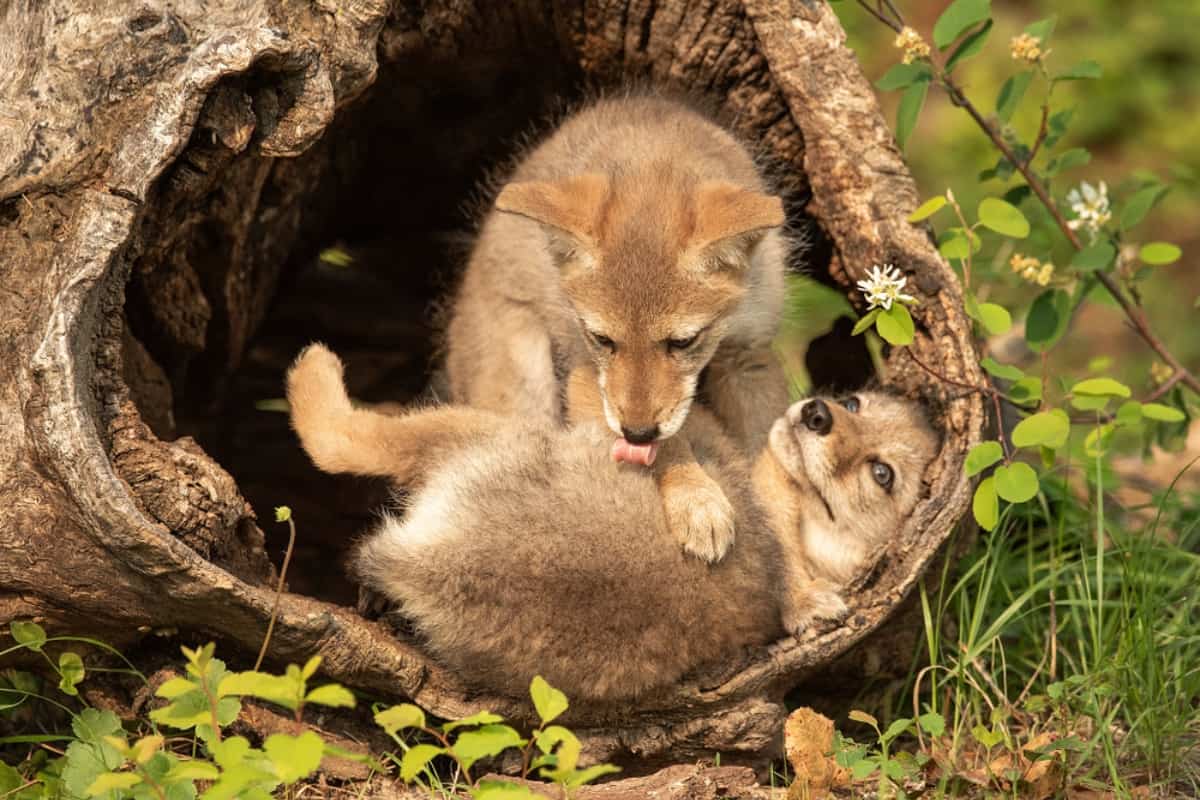
Certainly! Here are some fun and interesting facts about baby coyotes:
Frequently asked questions
Conclusion
Observing the journey of coyote pups from birth to independence provides us with valuable insights into the intricate lives of these wild canids. Their interactions, social dynamics, and survival strategies exhibit the resilience and adaptability that nature instils in them. By learning from these experiences, we can deepen our understanding of the natural world. The presence of coyote pups in urban and suburban environments signals an opportunity for humans to practice responsible coexistence with wildlife.

Izzy is an experienced ranch worker who has a passion for exploring nature and getting up close to wildlife. With her connections to various animal organizations, Izzy is well-versed in animal care and rehabilitation.

